(Estimated Reading Time: 10 minutes)
Millions apply for US visas to work, study, invest, or reunite with family each year. However, applicants increasingly face extended delays due to visa retrogression, stretching the visa processing times from months to years. Moreover, Congress establishes annual limitations on immigrant visas. Thus, navigating the intricate landscape of US immigration involves understanding the Visa Bulletin.
The United States Citizenship and Immigration Services (USCIS) issues a monthly Visa Bulletin outlining visa availability cutoff dates. Furthermore, this bulletin plays a pivotal role in determining eligibility for filing an adjustment of status and acquiring permanent resident status.
Navigating the Visa Retrogression
Understanding the significance of the Visa Bulletin is essential for those aspiring to become legal residents in the US. Moreover, it dictates the timing and process of filing applications.
To navigate the Visa Bulletin effectively, applicants must familiarize themselves with terms like “retrogression in the US” and “priority dates.” These concepts are essential in determining eligibility and timing. Moreover, it will help you determine the latest date you can get your visa.
1. What is Visa Retrogression?
Visa Retrogression refers to the unavailability of immigrant visas under the Congress’s per-country and worldwide annual limits. In addition, it occurs when the annual number of visa applicants exceeds the statutory caps. In simple terms, visa retrogression happens when demand outpaces supply.
The term “priority date” pertains to the date on which your petition for an immigrant visa was received and filed by the USCIS. Additionally, it corresponds to the date you submit an adjustment of status application to the USCIS. Moreover, it serves as your place in line for obtaining a green card. Due to yearly limits on specific visa categories, visas are processed according to their priority date. Furthermore, having an earlier priority date means you move through the queue faster and could receive your visa sooner.
2. Understanding Statutory Numbers
The Visa Bulletin operates within statutory numbers, shaping the allocation of immigrant visas. Thus, the “final action date” and the “date of filing” are crucial in the US visa application process. Moreover, immigrant visas that are subject to numerical limitations are particularly affected by this. Thus, understanding them can help you navigate the process more effectively:
A. Final Action Date
The final action date signifies when visa applications within a specific category are ready for final decision-making. In addition, it often leads to visa issuance.
a. Cutoff Date: Indicates the earliest priority date for which USCIS currently processes applications in a specific visa category and country of chargeability. Think of it as the front line for actively processing applications.
b. Meaning: If your priority date is earlier than the final action date for your visa category, you can move forward with your application. If your priority date is later, you must wait until it becomes current before proceeding.
c. Updates: The updates are published monthly in the US Department of State’s Visa Bulletin, with separate sections for categories and countries.
d. Change in Dates: Final action dates can fluctuate monthly depending on visa availability and demand.
B. Date of Filing
The date of filing indicates when an applicant can apply for adjustment of status to become a legal permanent resident in the US.
a. Receipt Date: It’s the date you submit your immigrant visa petition or adjustment of status application with the USCIS. Moreover, you may check the processing time of your application through the USCIS website.
b. Significance: Establishes your priority date, determining your place in line for visa availability.
c. Early Filing Strategy: Some applicants file their applications as soon as they’re eligible. This is true even if the final action date for their category needs to be updated. Thus, it gives their priority date an earlier position in the queue.
d. Dates for Filing Chart: USCIS publishes a separate Dates for Filing Chart, sometimes aligning with the Final Action Dates chart. Moreover, this chart indicates which month applicants can file based on their visa category and priority date.
3. Procedures for Determining Dates
The processes for determining the final action date and date of filing differ slightly:
A. Final Action Date
a. Visa Category: The first step is identifying your visa category, such as family-sponsored, employment-based, or Diversity Visa.
b. Chargeability Area: Next, determine your chargeability area, usually your country of birth.
c. Visa Bulletin: Head to the US Department of State’s Visa Bulletin, published monthly.
d. Find Charts: To find the tables relevant to your visa category and country, please refer to the bulletin.
e. Read Dates: Check the “Final Action Dates” table. The date listed for your category under your chargeability area is the cutoff point for that month. In addition, you can generally proceed with your application if your priority date is earlier.
B. Date of Filing
The date of filing refers to the date you submitted your application or petition to USCIS. Moreover, it might be mentioned on your USCIS receipt notice or approval notice. Unlike the priority date, the date of filing doesn’t determine your place in the queue for visa processing.
a. Eligibility: Ensure you meet all eligibility requirements for your specific visa category, including filing fees and supporting documents.
b. Priority Date: Understand your priority date, which depends on the visa type and the date you filed a specific petition or application.
c. Dates for Filing Chart: Check the USCIS’s “Dates for Filing” chart alongside the Visa Bulletin. This chart indicates which month applicants in different visa categories and with specific priority dates can submit their applications.
d. Compare Dates: If the “Dates for Filing” chart aligns with your category’s Final Action Dates chart and your priority date falls within the designated month, you can file your application.
Remember:
• Monthly Changes: Both final action dates and filing dates can change monthly, so always consult the latest Visa Bulletin and Dates for Filing Chart. Also, you can return to this article for updates on US Visa Retrogression in 2024. Moreover, we will post updates to this article monthly or when needed.
• Early Filing Strategy: Some applicants file earlier, hoping their priority date secures a quicker processing time once the final action date becomes current.
• Seek Advice: Consulting immigration attorneys or official government resources can provide more explicit guidance based on your specific circumstances.
By following these steps and staying informed about changes, you can determine the ideal timing for filing your US visa application.
4. Allocations and Priority Dates
Priority dates and allocations are intricately connected. Moreover, the following images display the updated final action and filing dates for Family-sponsored and Employment-based visas.
Employment-Based Visa:
A. Final Action Date for Employment-based Visa
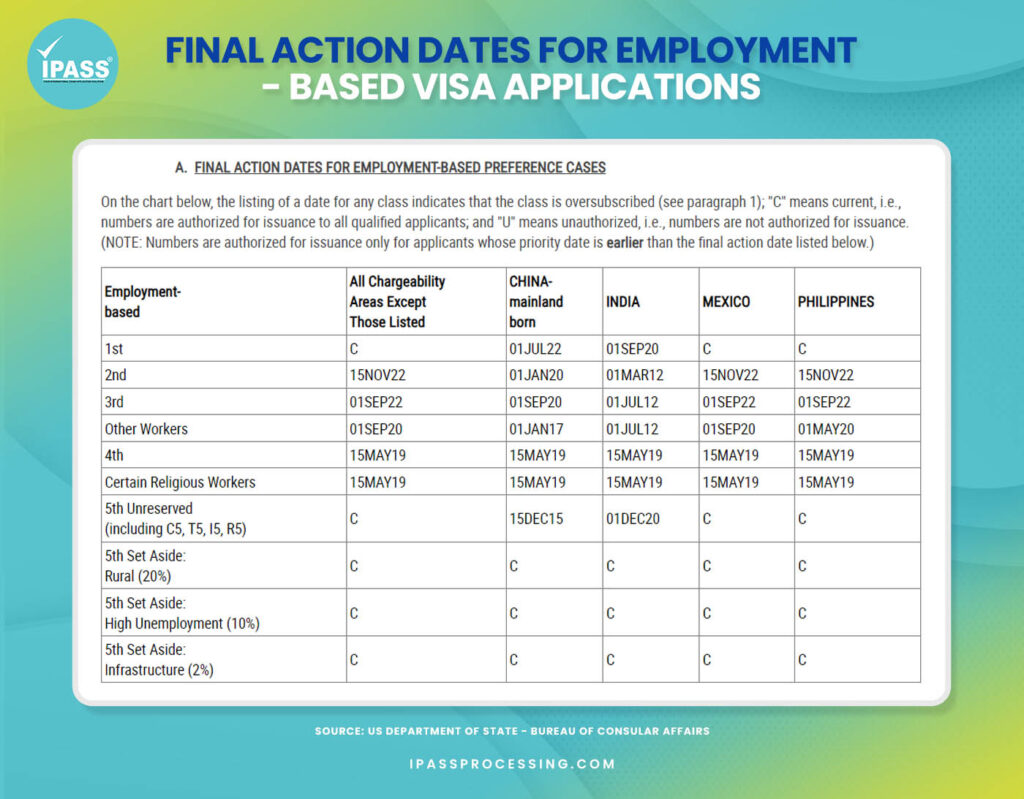
B. Dates for Filing Employment-based Visa
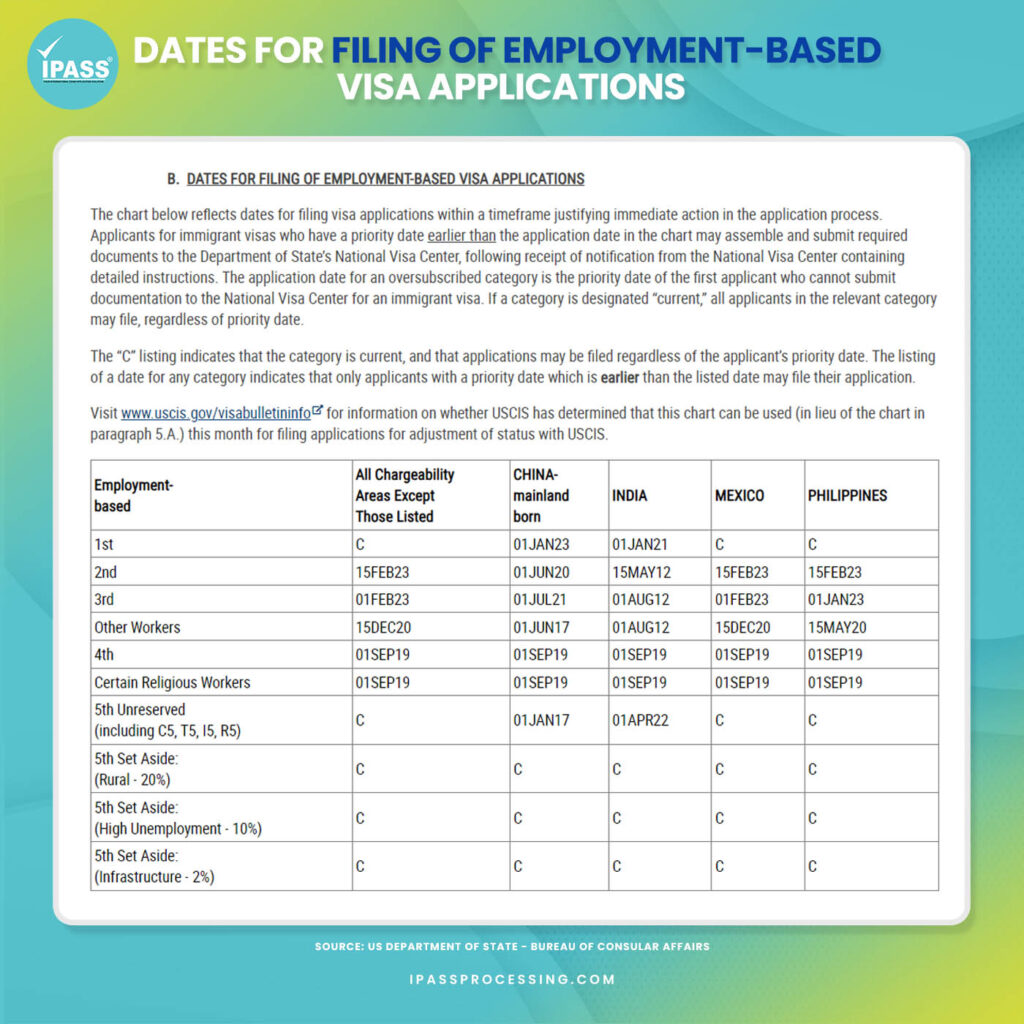
Family-sponsored Visa:
A. Final Action Date for Family-sponsored Visa
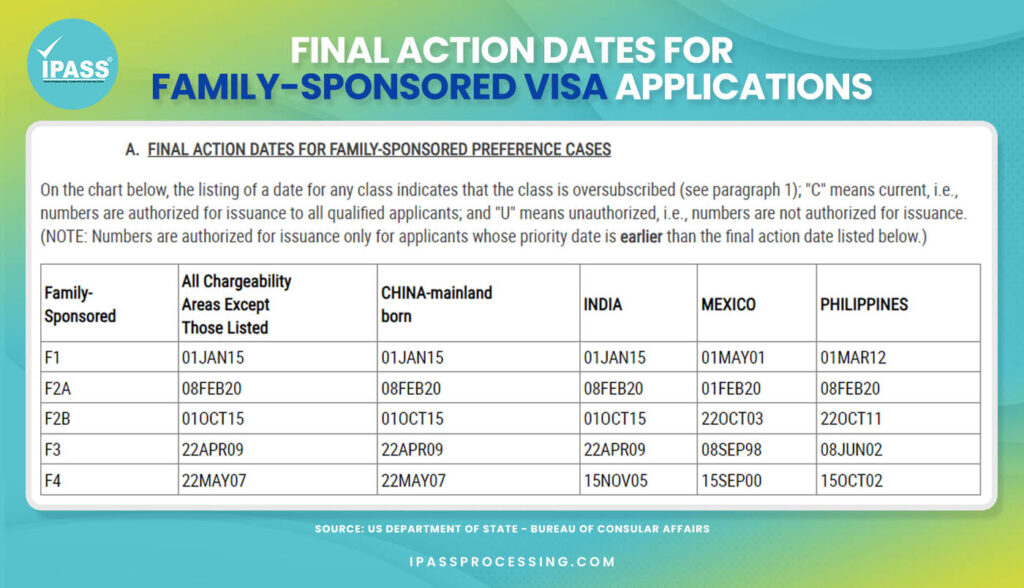
B. Dates for Filing Family-sponsored Visa

Visa Categories Facing Retrogression
While almost any visa category can face retrogression, understanding the specific situations and contributing factors provides a clearer picture. Here’s a breakdown of the mentioned categories with additional information:
Family-based Green Cards:
a. Affected countries: India, China, Mexico, and the Philippines are heavily impacted by annual visa limits due to high application volumes.
b. Wait times: Can range from months to years depending on the specific sub-category and priority date.
c. Contributing factors: Existing backlogs and processing inefficiencies.
Employment-based Green Cards:
a. Affected groups: Advanced degree holders and skilled workers, mainly from India and China.
b. Visa categories primarily affected: EB-2 (professionals with advanced degrees or exceptional ability) and EB-3 (skilled workers and other workers).
c. Contributing factors: Increased competition for limited visas, complex application processes, and varying processing times by category.
Diversity Visas (DV Lottery):
a. Limited availability: Only 55,000 visas are issued annually, leading to high competition.
b. Selection process: A random lottery system, increasing the unpredictable nature of obtaining a visa.
c. Contributing factors: Limited visa availability and high global interest in the program.
Can I Apply While My Priority Date is Not Current?
Applicants must pass the NCLEX before filing the initial form, I-140, since passing the NCLEX means quicker approval. That is because it eliminates the need for USCIS to wait for additional verification of your nursing qualifications. However, the final decision can only happen when your priority date becomes current. Furthermore, applicants can still complete the following critical strategies to streamline their eventual immigration to the United States.
1. Complete Licensure Requirements
Applicants should take and pass the NCLEX exam beforehand. With the NCLEX license, you can start with your VisaScreen application. Thus, obtaining a license is essential and will put you in the queue for future visa allocation. Furthermore, finishing the licensing process early on sets you up for success.
2. Get VisaScreen Certification
Work on obtaining your VisaScreen certificate because it remains valid for five (5) years. Having this in hand during retrogression saves valuable time down the road. In addition, VisaScreen confirms your nursing education and credentials meet US standards.
3. Start License Endorsement if Possible
Another potential step is getting your foreign nursing license endorsed in your intended state of employment. So, consult your recruitment agencies, like Health Carousel, to see if this applies to your situation.
4. Early Filing
Submitting forms earlier than the Dates for Filing chart can help secure an advantageous priority date for eventual approval.
5. Downgrading Petitions
Applicants sometimes change from an oversubscribed category facing retrogression in the US to a lesser-used category immediately available. However, downgrading options vary based on personal circumstances.
Completing these steps in advance means you’ll have the required documentation and certifications ready when new visa priority dates emerge. It facilitates a smoother final immigration process later on.
Coping with US Visa Retrogression
Facing visa retrogression can be frustrating and stressful. However, remember you’re not alone, and there are constructive ways to navigate this period:
1. Invest in skill development: Take courses, attend workshops, or pursue certifications relevant to your field. Moreover, it enhances your qualifications and strengthens your application for future priority dates.
2. Explore expert guidance: Reputable processing agencies, like IPASS Processing, can guide you through application procedures. In addition, IPASS offers visa screen assistance and provides updates on your case status.
3. Join online communities: Find online forums or groups focused on visa retrogression. Sharing experiences and information with others in similar situations can provide emotional support and valuable insights.
4. Maintain healthy habits: Prioritize exercise, healthy eating, and sleep to manage stress and maintain emotional well-being during the waiting period.
5. Engage in relaxing activities: Find hobbies, mindfulness practices, or social activities that bring you joy and help you de-stress.
While challenging, view the waiting period as an opportunity for personal and professional growth. Furthermore, focus on the positive steps you can take to strengthen your application and prepare for your future in the US.
Staying Updated on Visa Retrogression News
Actively tracking retrogression developments through official government links and legal resources helps reveal the following:
1. Shifting visa availability and backlog volumes by type and country
2. Policy changes influencing annual caps and quota calculations
3. Procedural adjustments around petition filing or visa allocation
Explore the linked article for comprehensive insights into frequently asked questions about visa retrogression. Moreover, don’t hesitate to contact our seasoned visa processing experts if you require further clarification about your visa application.
The Takeaway
Navigating the complex landscape of US immigration can be daunting, especially when facing challenges like retrogression. However, understanding key concepts like priority dates, final action dates, and filing strategies empowers you to make informed decisions. Moreover, navigating through retrogression in the US can pose significant frustrations. Thus, focusing on professional development or gaining work experience can help cope with the delay.
Also, proactively tracking policy updates through official channels keeps you attuned to changes influencing visa availability. The road to US residency requires resilience through twists and turns, but the destination makes the effort worthwhile. Hence, maintain your spirit through the support of experts and the community until you achieve your American dream.
Expert Support For Your Visa Journey
If you need help with your visa application, IPASS Processing can assist you. With the help of our visa processing experts, we offer personalized guidance to help you through the process.
Contact us effortlessly via our dedicated phone line or email at [email protected]. Alternatively, contact us on our official Facebook page, IPASS Processing, for prompt assistance.

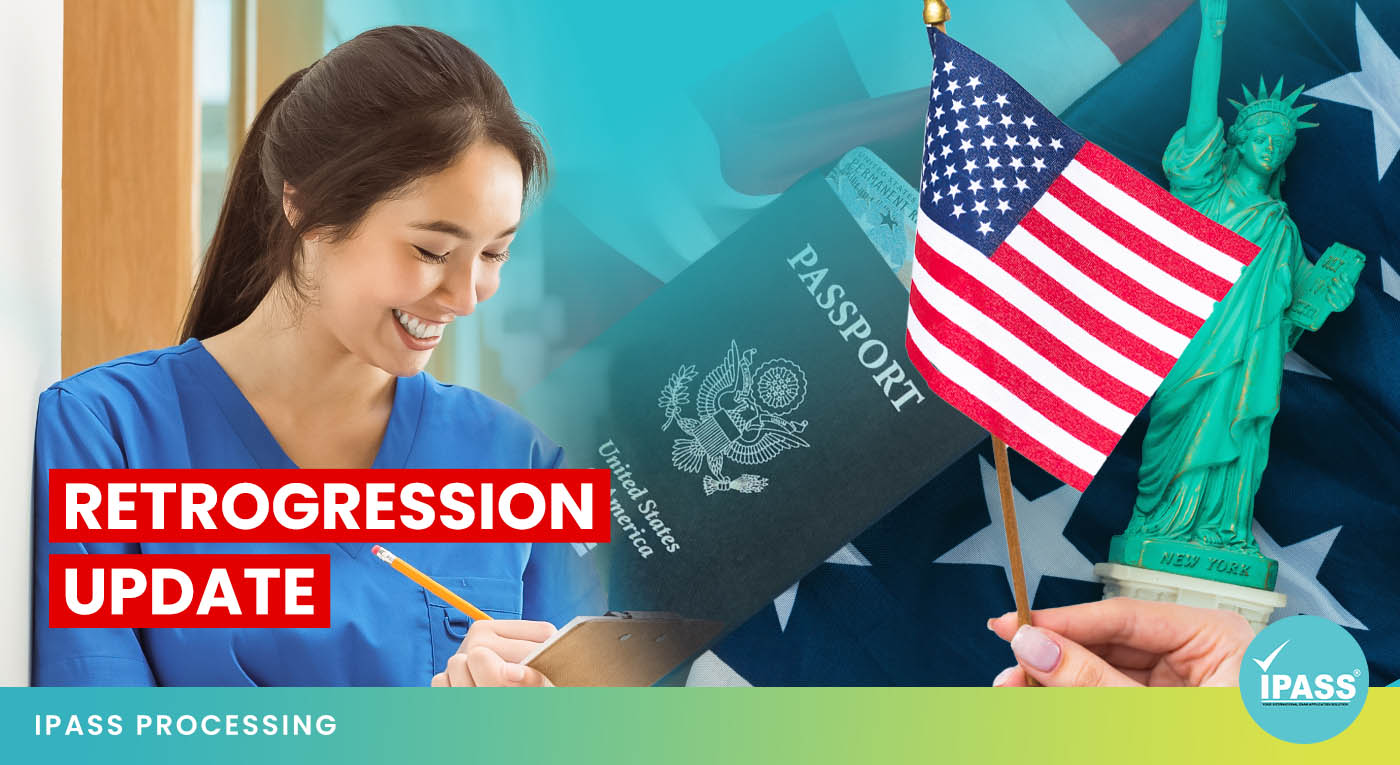





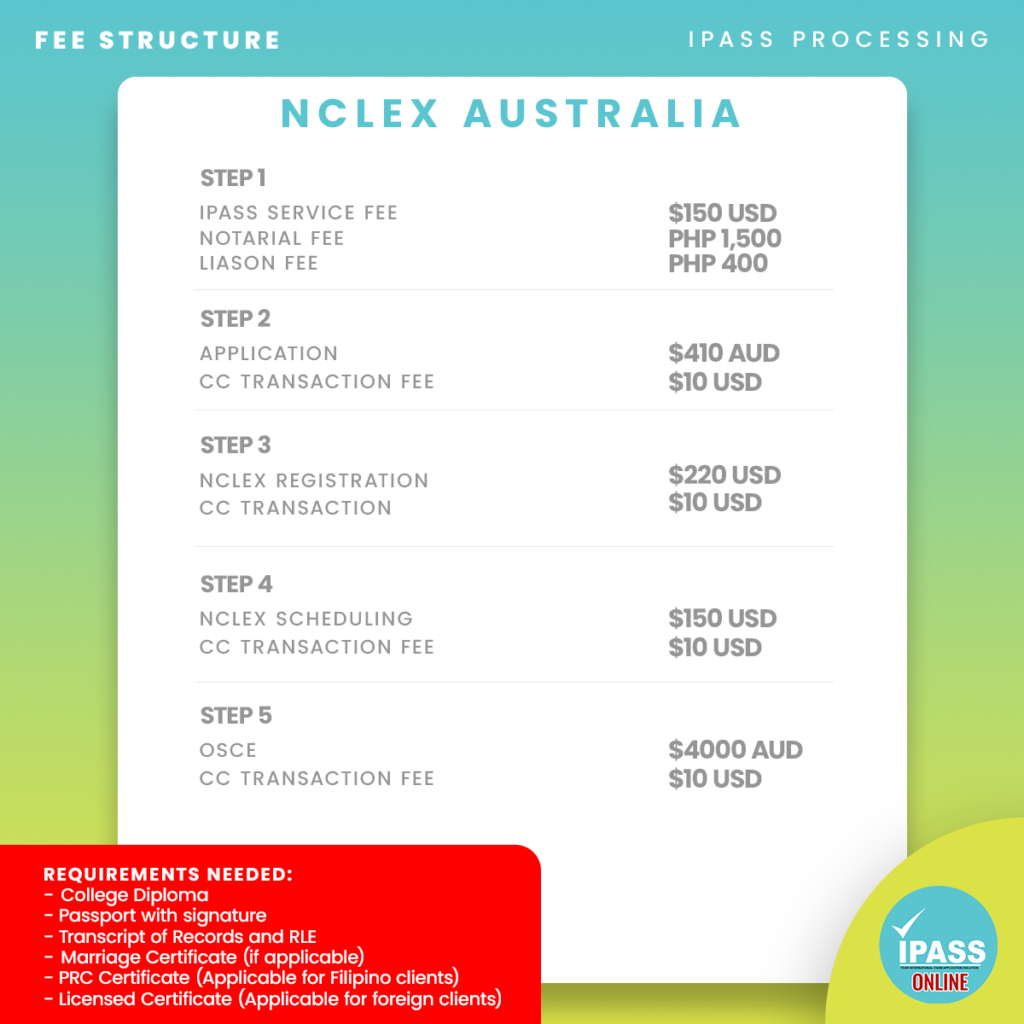
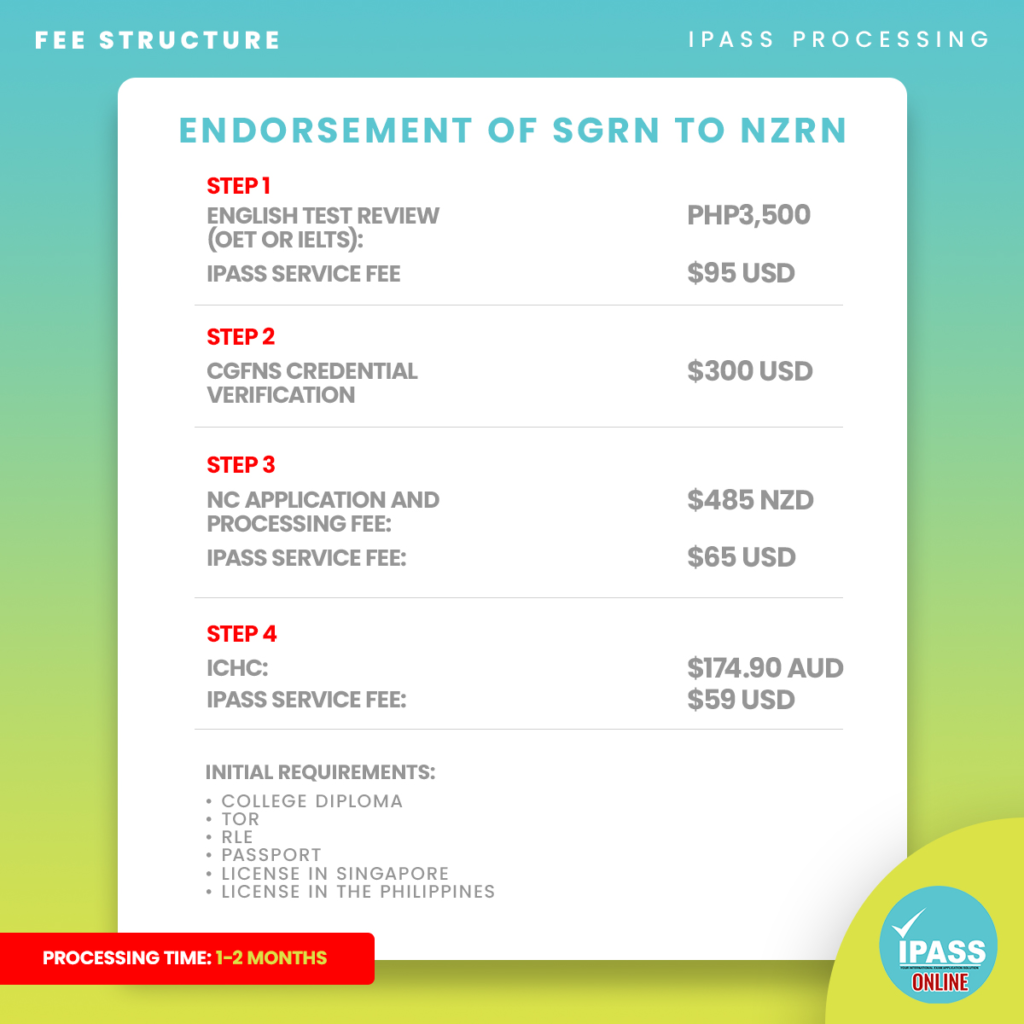
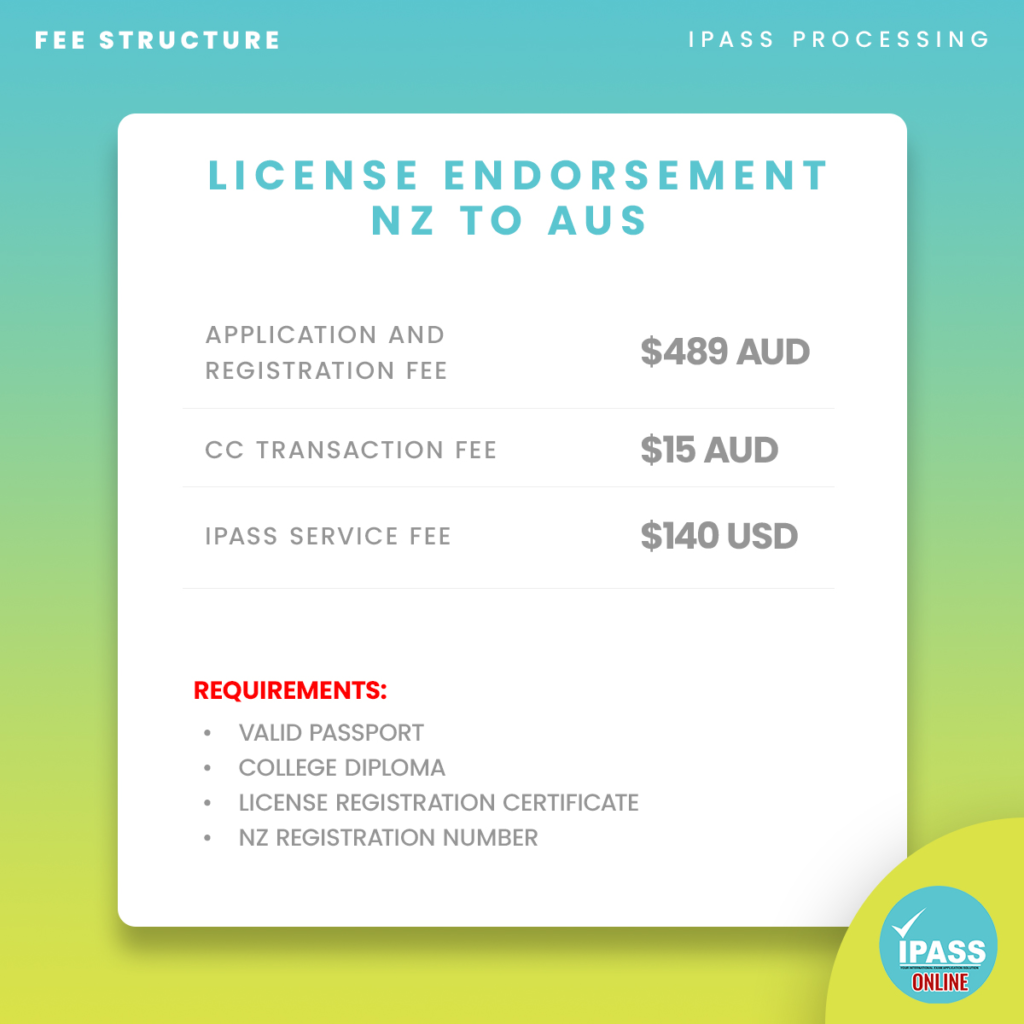

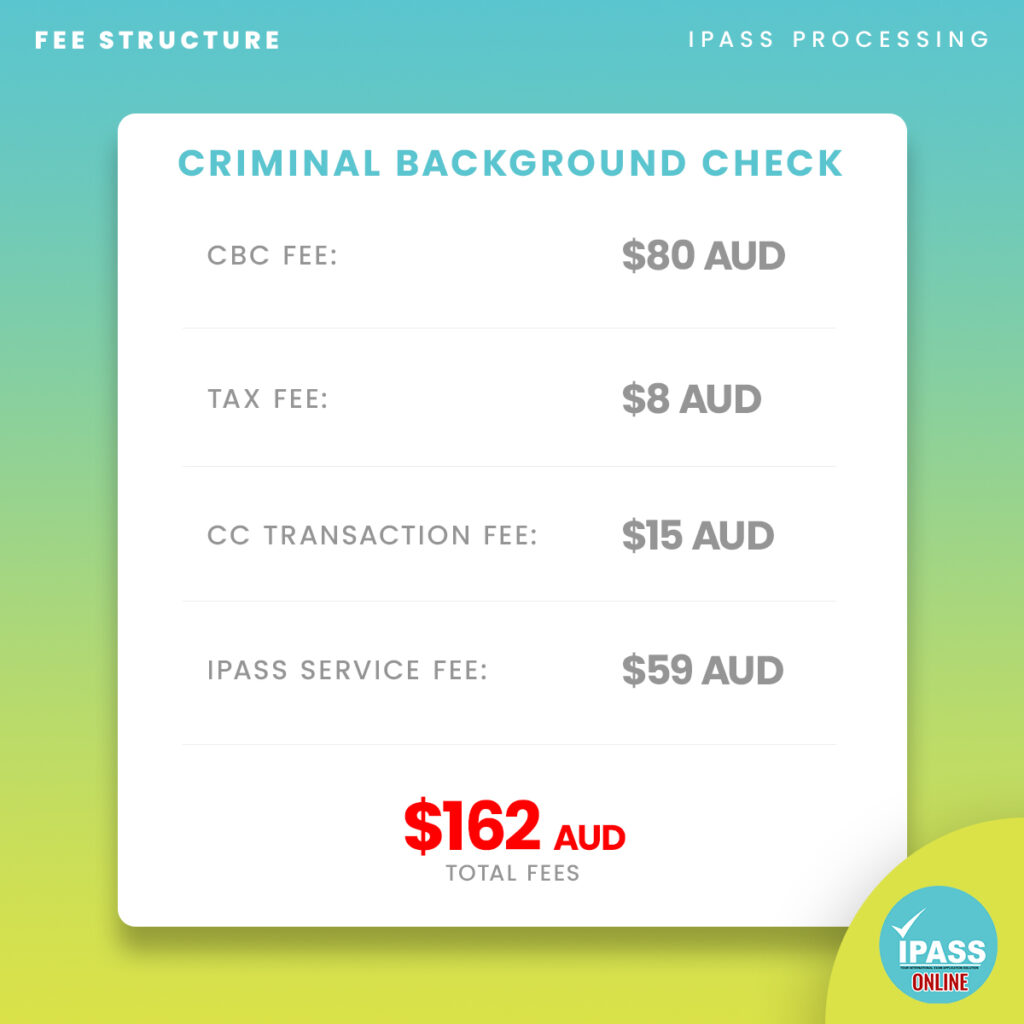
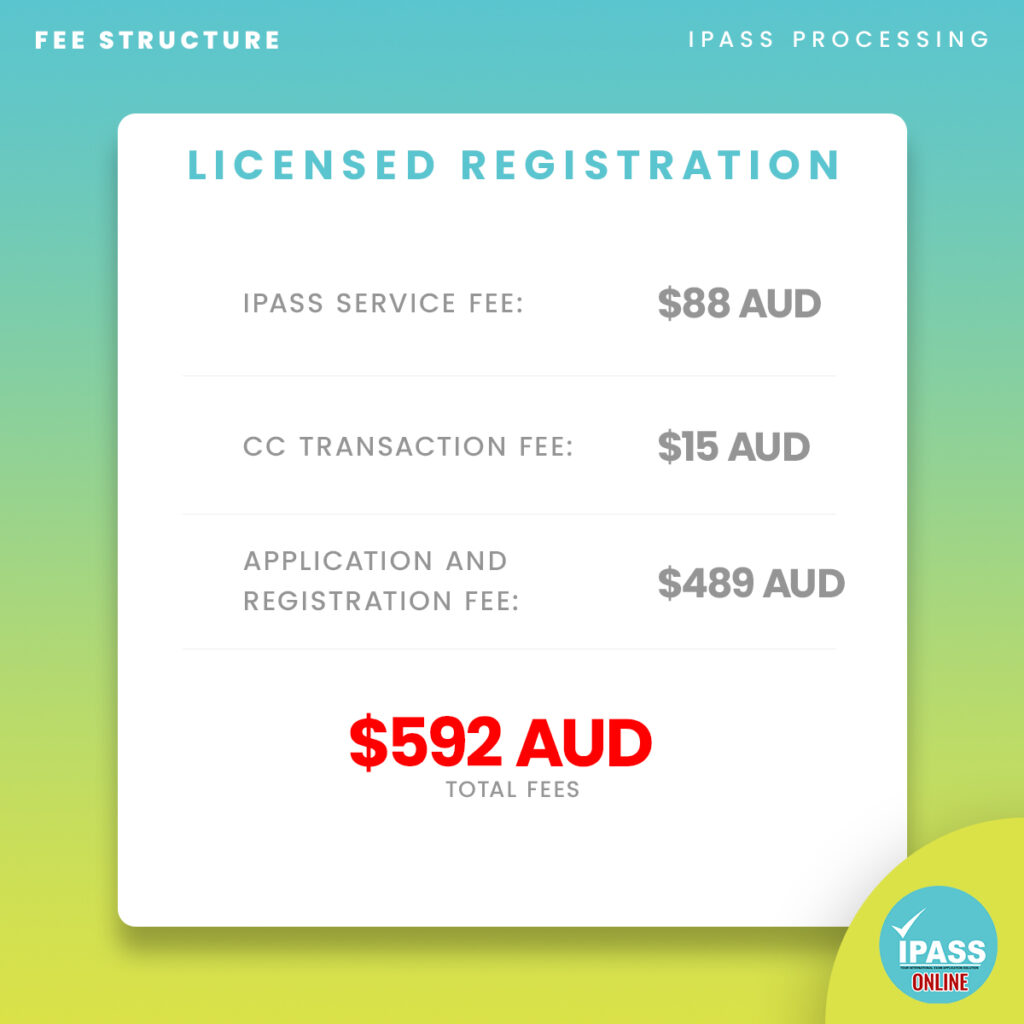
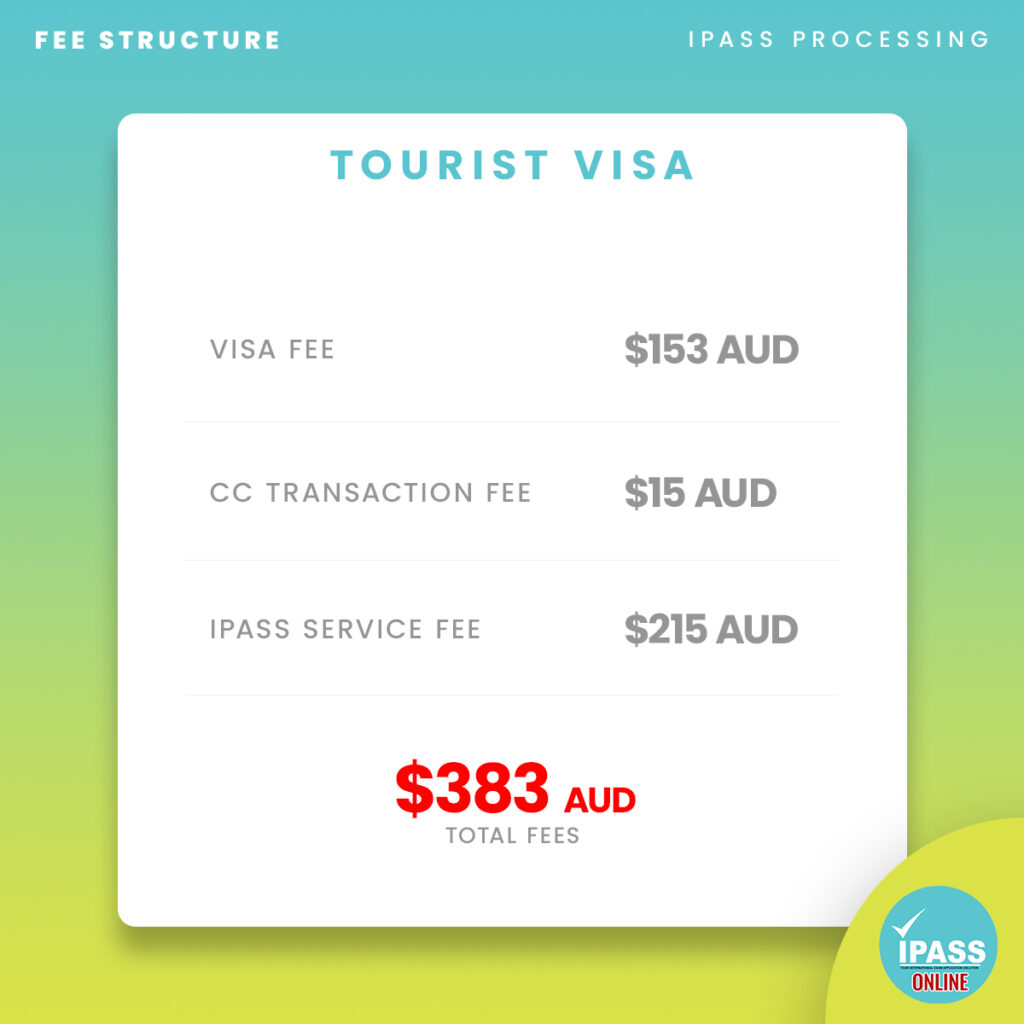
No Comments